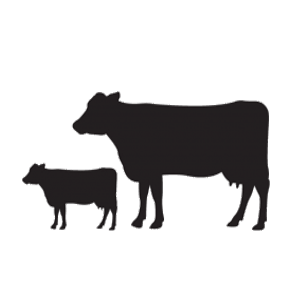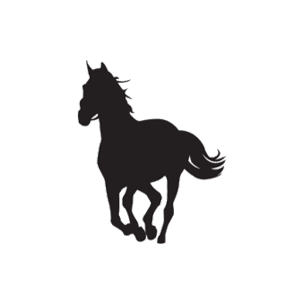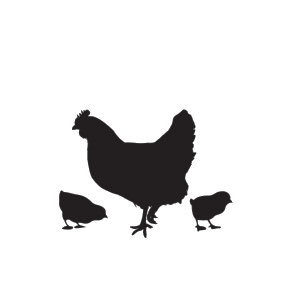It’s 2035, and the changes in the pig industry have been radical! We see an average of 22 piglets per sow born alive with each weaning 18 piglets, amounting to an impressive 44 piglets per sow per year (PSY). Our farm output is at levels that have exceeded all expectations and, as a result, we are faced with numerous challenges from farrowing to weaning. Zooming in on the farrowing house and the first two weeks after piglets are born, a few of the challenges we face include but are not limited to:
- increased competition for teats;
- inadequate colostrum intake and milk supply, leading to decreased piglet survivability;
- increased pre-wean mortality;
- increased stress on sows and resultant health issues;
- sows increased nutritional demands; • increased labour requirements with bigger litters; and
- management and monitoring difficulties due to increased foster sows.
Returning to 2024, if we look at the challenges and opportunities our future holds, we are already facing some of these today, especially larger litters resulting from modern pig genetics. Here are a few strategies that could maximise productivity in our farrow-to-wean phases.
THE SOW
Increased litter sizes impact the sow because as demand for her milk output increases so does her nutritional requirements. Sows with bigger litters must be fed correctly as this impacts the performance of the current litter as well as the sow’s body condition and, therefore, her performance in respect of future litters. It is crucial that we provide lactating sows with high-quality and highly digestible diets at adequate levels to meet the increased nutritional demands associated with larger litters.
Regular monitoring of both the sows and her piglets is needed to identify signs of stress, disease, or nutritional deficiencies. Staff training is essential to minimise mortality and ensure proper pig care, so it is critical to educate staff on proper handling techniques and the importance of timely interventions.A key in this process is a successful vaccination and treatment plan compiled by the producer and their consulting veterinarian.
PIGLET AND WEANING CARE
Ensure each piglet receives sufficient colostrum. Test each teat to ensure they are producing milk and if there are an inadequate number of working teats. Consider cross-fostering as soon as possible to increase piglet acceptance by the foster sow.
Sufficient colostrum and milk supply are the main drivers of healthy piglets, which, in turn, have a huge impact on liveability and pre-wean mortality, so we should continue to emphasie working teat numbers when selecting replacement gilts. Although there is sufficient research to suggest that milk supplements are an option when rearing larger litters, a few points to consider with this approach include the cost implications of the supplementation as well as the additional labour needed to manage the delivery of these products as they must be kept fresh in bowls and good hygiene practices are essential. It is worth noting that the early introduction of creep feed will support improved weaning weights and ensure a solid foundation for healthy fast-growing pigs.
Accurate record-keeping of farrowing dates, piglet birth weights, and health status are crucial to identify trends to allow for informed management decisions to be taken. Pig farmers can successfully optimise the productivity of larger litters by addressing the associated challenges and ensuring the essential components of piglet management are in place such as regular monitoring, early intervention, and a holistic approach to sow and piglet care.
by Willem Miller, EPOL business development manager – inland
Eager to become an Expert yourself, contact your nearest technical advisor and let the experience begin!














